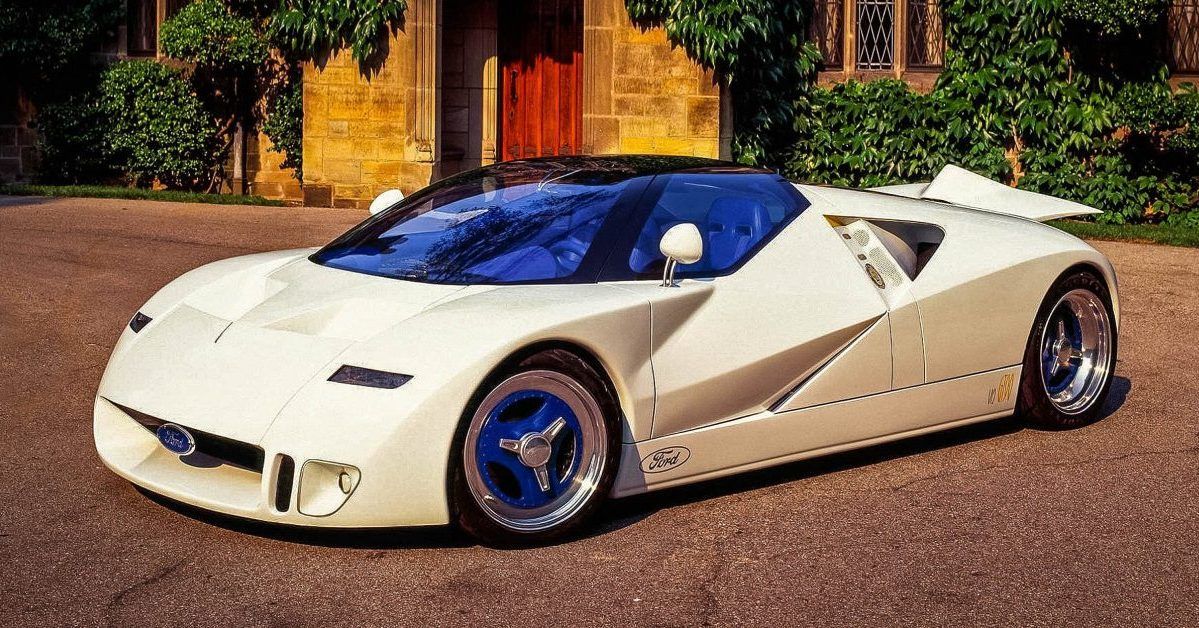
One of the main reasons why gearheads visit top automotive shows like the Geneva International Motor Show and Frankfurt Motor Show is to see the newest concept cars. Automakers use concept cars to showcase their latest design, engineering, and technological advancements while giving gearheads a glimpse of what to expect from them in the future.
While we love concept cars and their otherworldly designs and technologies, the sad reality is that most of them never make it into production due to a high cost of production, impracticality, a poor reception, among other reasons. Over the years, American automakers have developed many exciting concept cars that sadly never made it to production. Let’s explore ten of the best.
10 1970 Chevrolet Aerovette
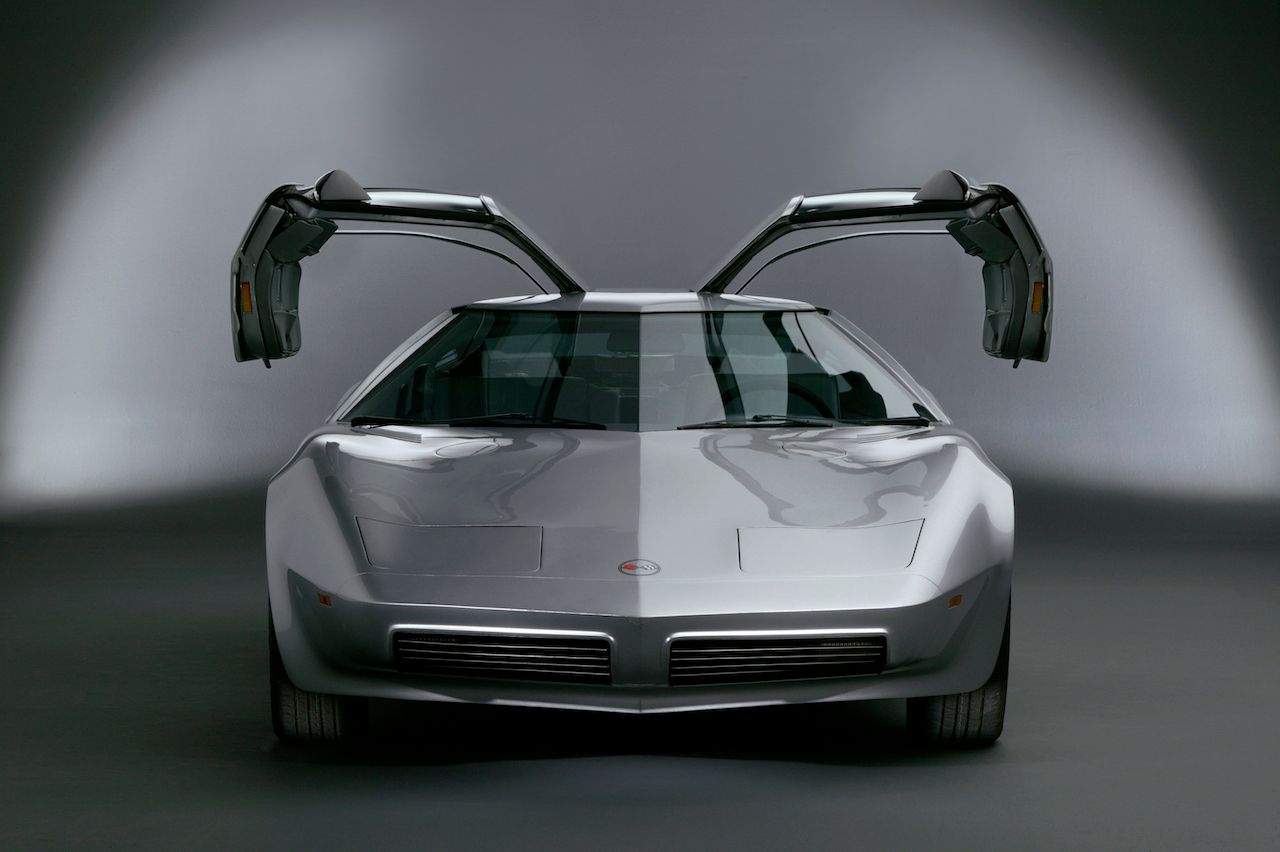
The C8 Corvette impressed many gearheads when it debuted a few years ago, largely because it was the first mid-engined Chevrolet sports car. However, not many know that Chevy had many failed attempts at building mid-engined sports cars, one of which was the Aerovette Concept.
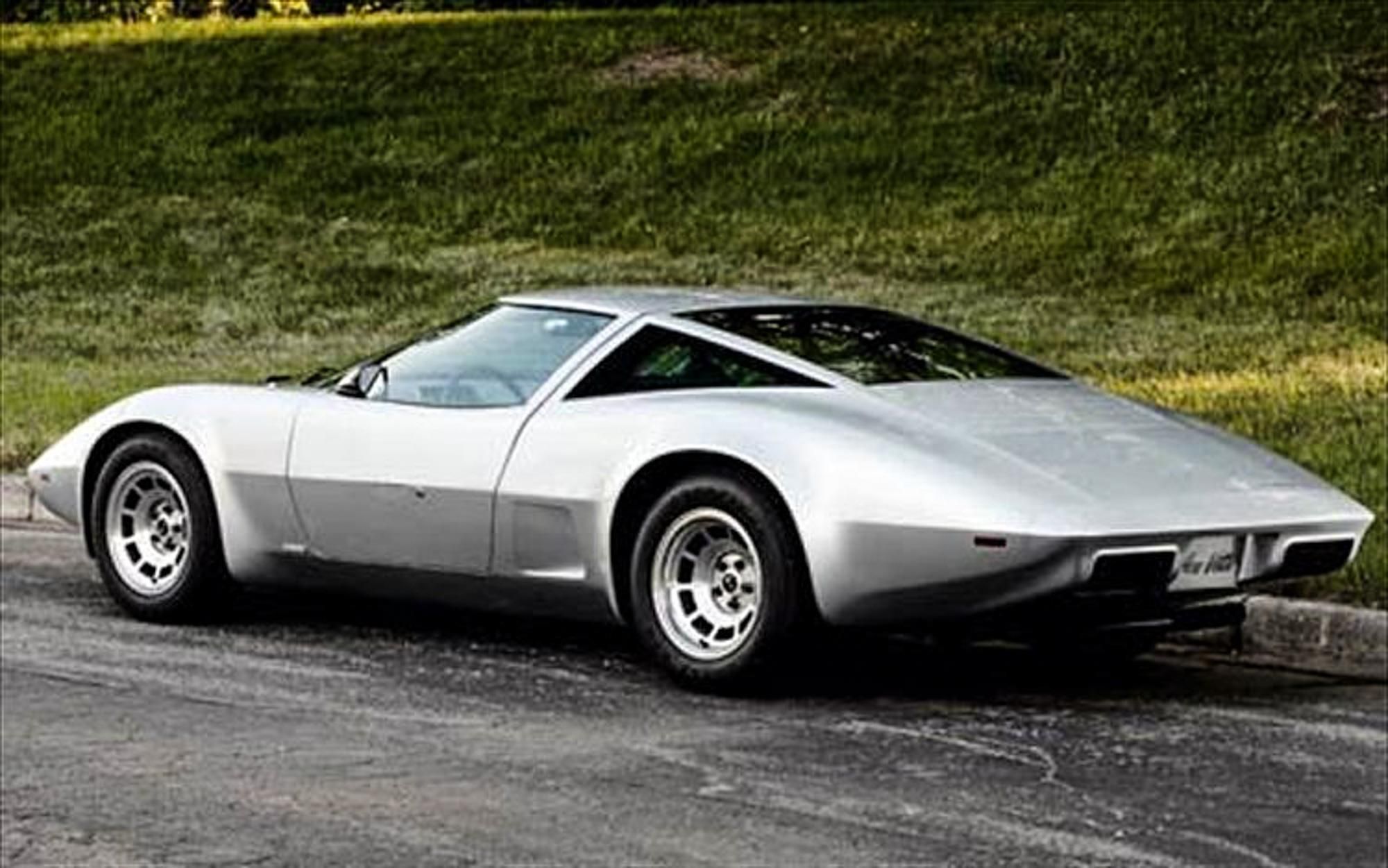
The Aerovette Concept was conceived in the late ’60s and had many cool features, including a gorgeous design featuring gullwing doors, a lightweight aluminum body, and a four-rotor Wankel engine.
9 2005 Ford Shelby GR-1
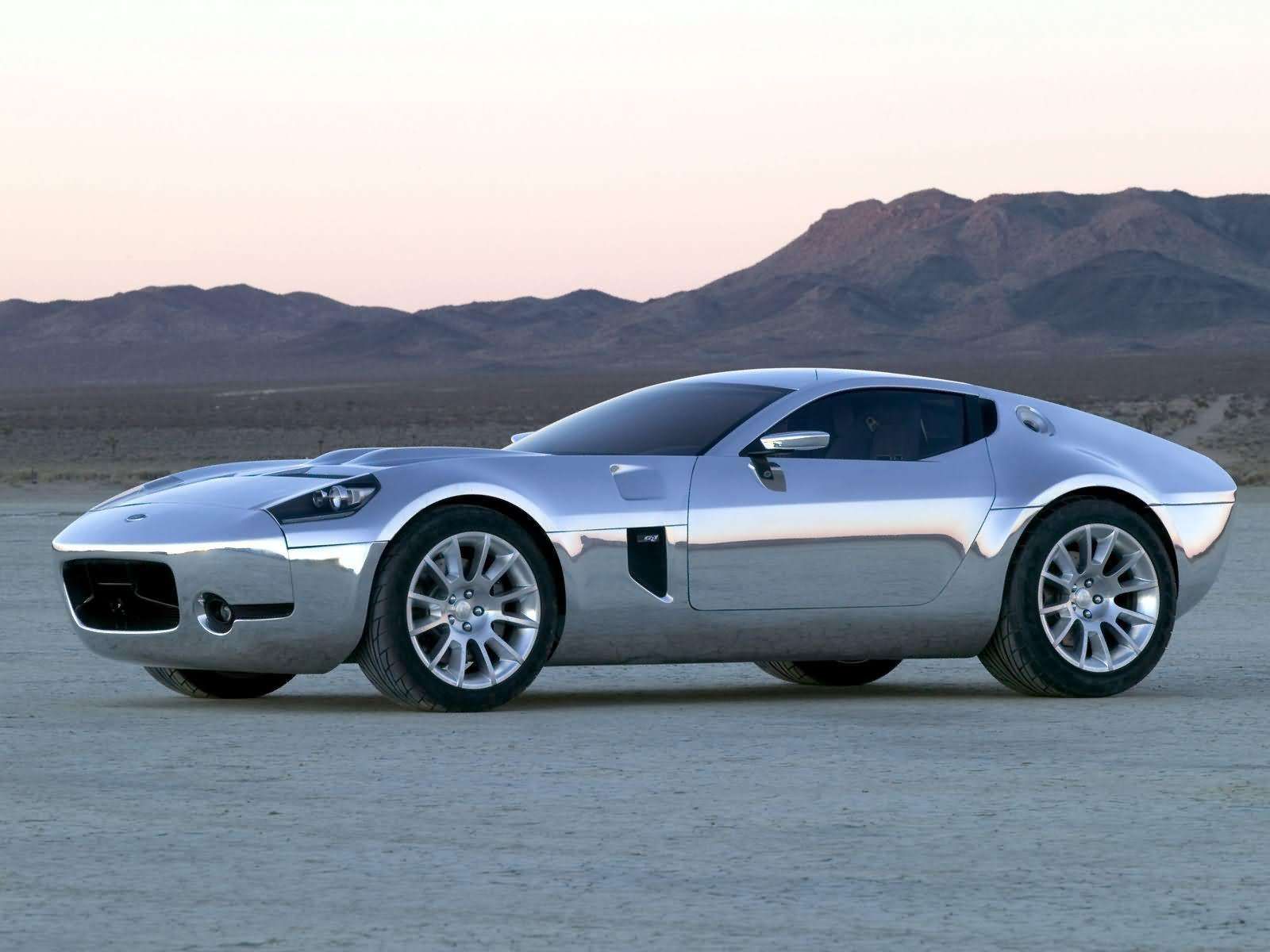
Whenever Ford and Shelby collaborate on a project, gearheads can expect it to be pretty special — the Shelby Mustang GT500 and Shelby Cobra are great examples of this. In 2005, the two companies decided to collaborate on yet another project, resulting in the fantastic GR-1 Concept.

The GR-1 Concept was supposed to be a modern version of the 1960s Shelby Daytona Coupe, which was easy to tell by looking at its design and layout. With a mighty 6.4-liter V10 under the hood belting out 605 hp, the GR-1 was a powerhouse.
8th 2004 Chrysler ME Four-Twelve
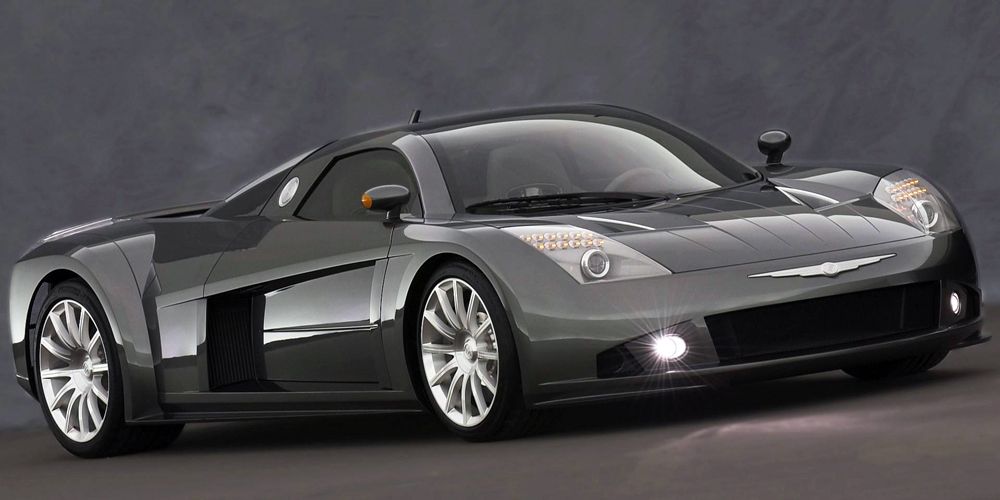
The late ’90s to early 2000s era was fantastic for the supercar market. Every top manufacturer was either selling or developing a supercar, which is why we had great options like the Porsche 911 GT1 Strassenversion, Mercedes-Benz CLK GTR, McLaren F1, Saleen S7, and many others.
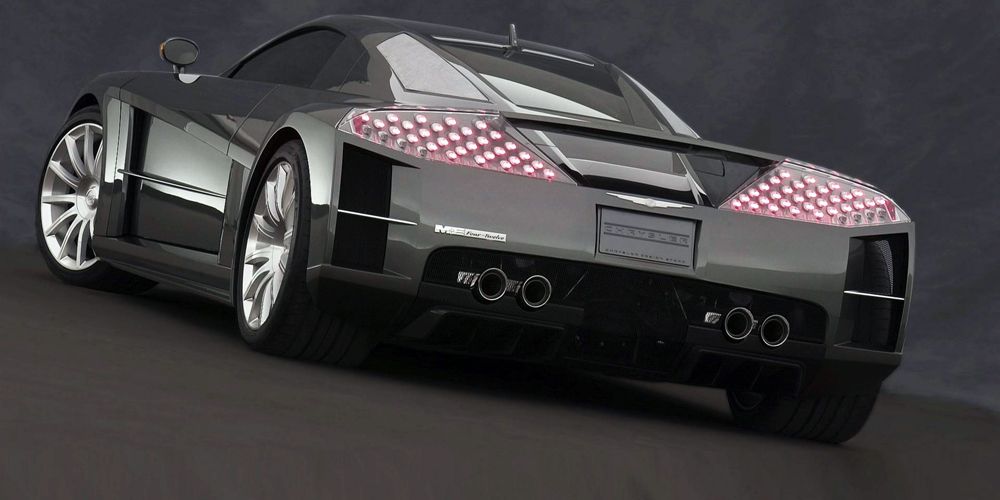
Chrysler didn’t want to be left behind, so it developed the ME Four-Twelve concept. The ME Four-twelve had a lot going for it; a sleek design, a lightweight carbon-fiber and aluminum body, and a massive quad-turbocharged Mercedes-Benz V12 engine pushing out 850 hp. Unfortunately, the ME Four-Twelve never made it into production, as Mercedes-Benz didn’t want it to compete with their own high-performance models.
7 2016 Buick Avista
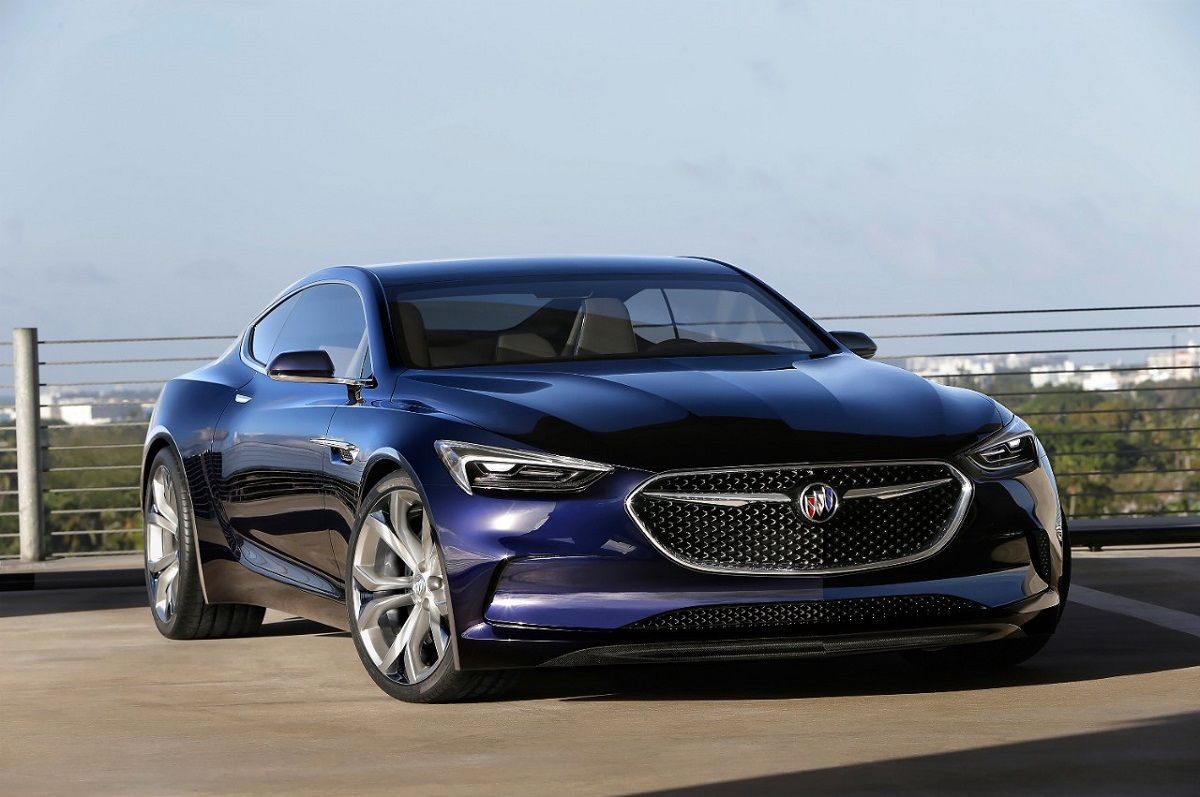
Buick has always had a reputation for making boring, everyday cars. However, the American marque decided to change that in 2016 when it built the gorgeous Avista Concept. Conceived by Ed Welburn, the Avista is a stunning two-door hardtop coupe with a flowing pillarless design and a sloping fastback roofline.
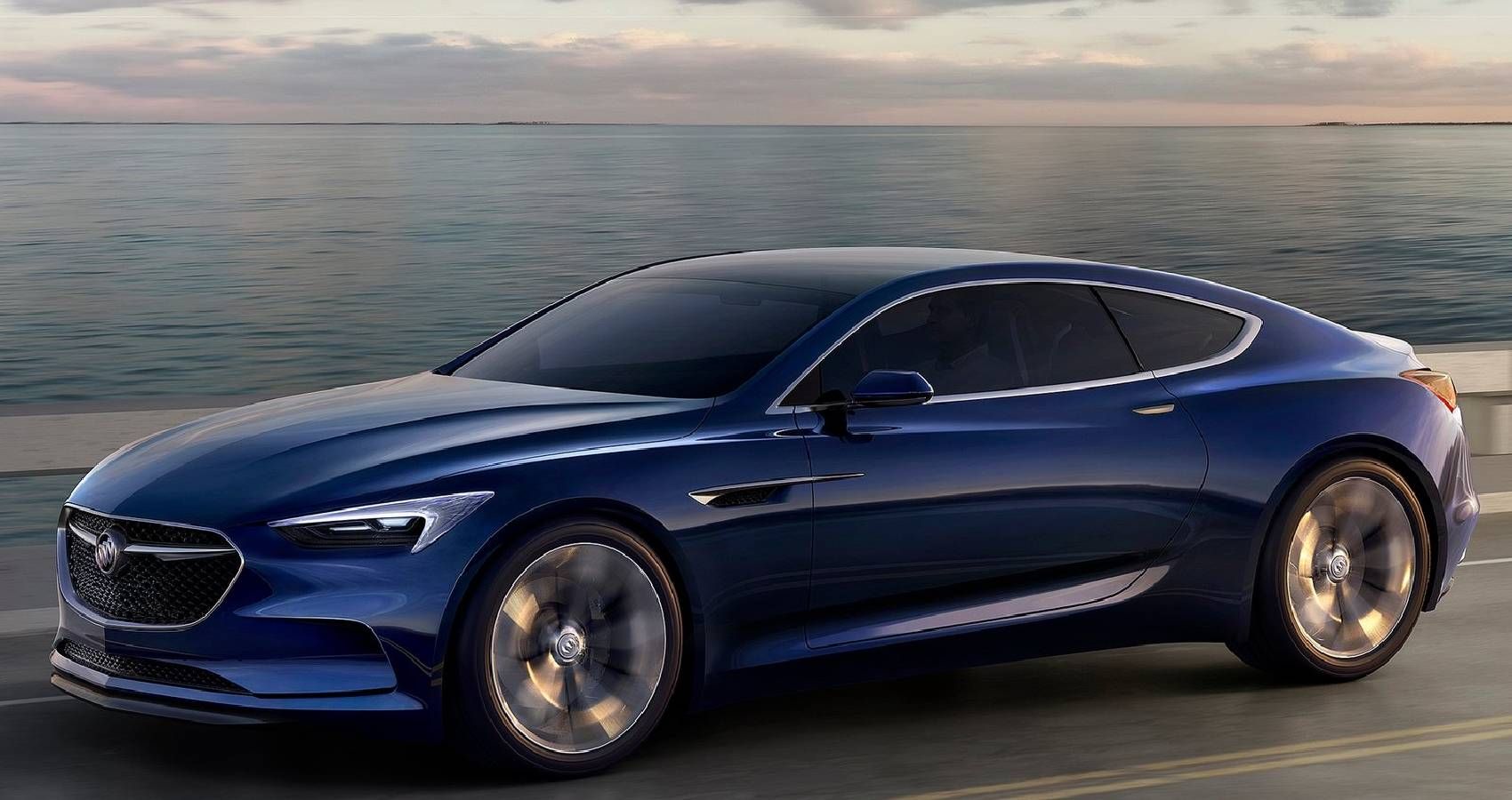
The Avista wasn’t just gorgeous, it also had the power to match, coming from a 3.0-liter twin-turbocharged V6 engine cranking out 400 hp. We’re still eagerly waiting for Buick to produce this beauty.
6 1990 GM CERV III
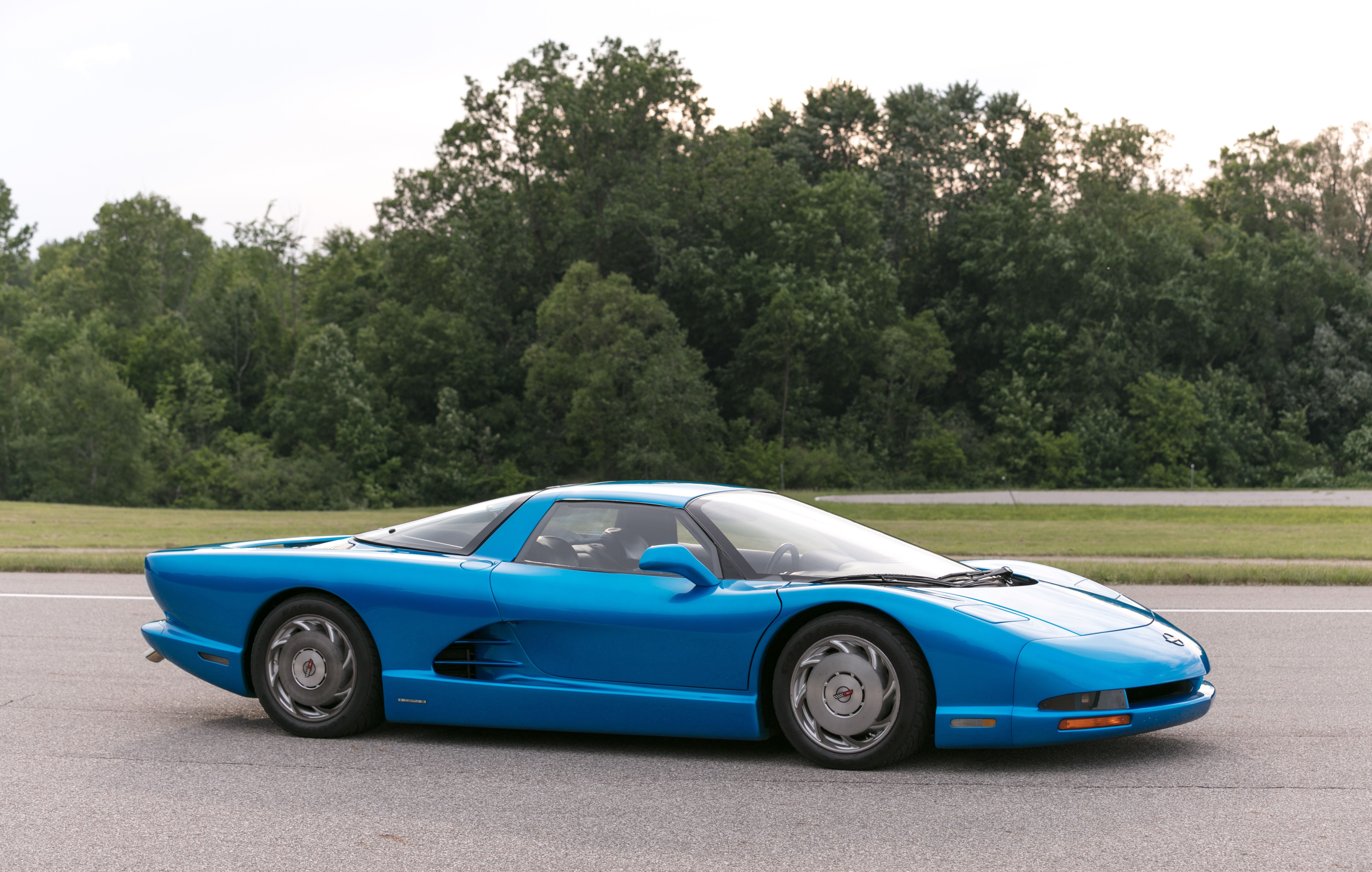
The Chevrolet Engineering Research Vehicle (CERV) is a superb series of experimental cars developed by Chevrolet designer and race car driver Zora Arkus-Duntov since 1959. The third concept car in the series — the CERV III — was unveiled at the 1990 International Auto Show in Detroit, where it impressed many.
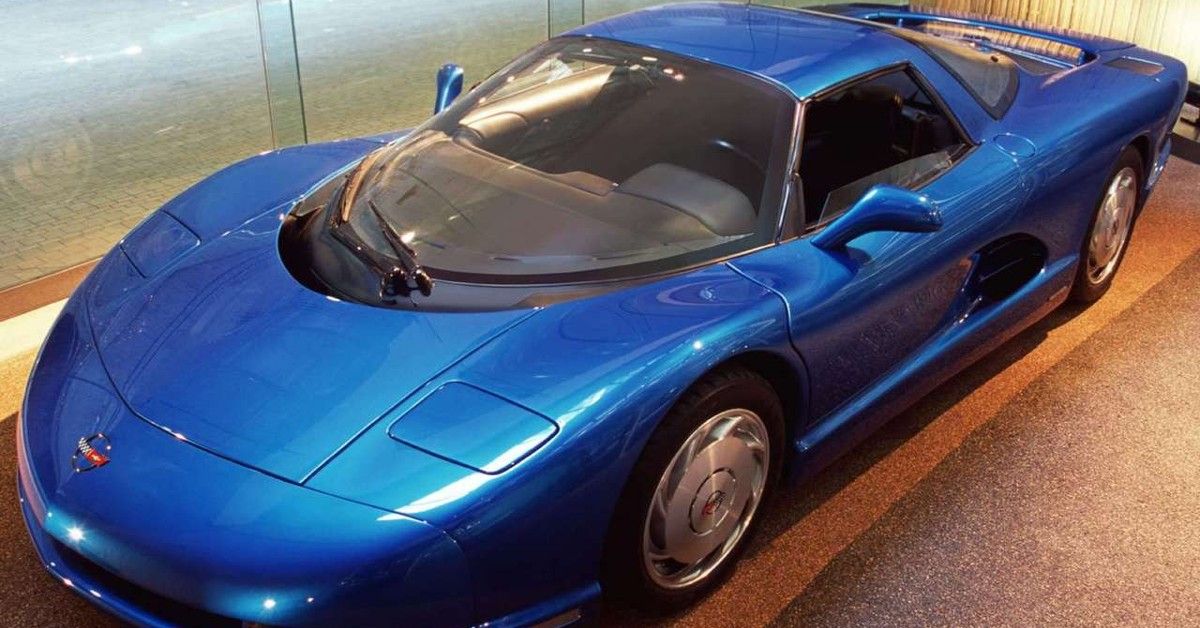
The CERV III had a low-slung, curvaceous, and aerodynamically efficient body made of carbon fiber and had a mid-mounted twin-turbo V8 engine developing 650 hp. With a 225-mph projected top speed, the CERV III would have been one of the fastest cars of the ’90s had it been produced.
5 1995 Chrysler Atlantic
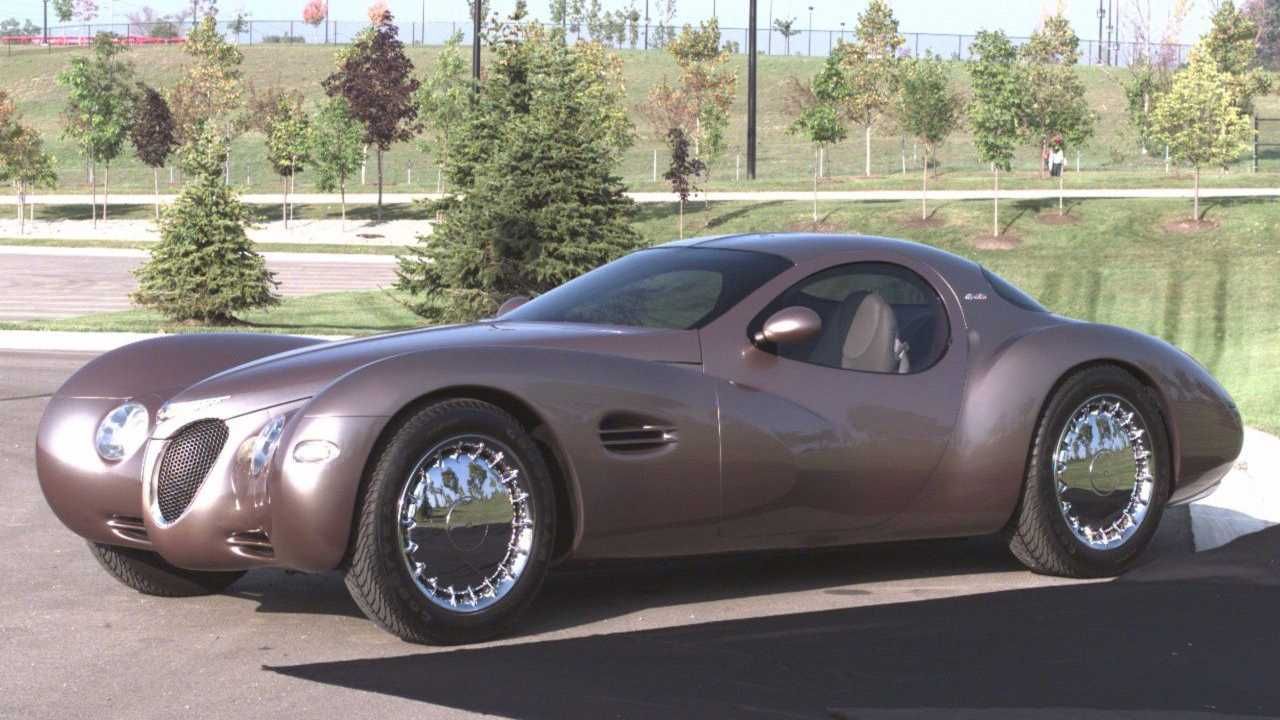
Unveiled in the mid-90s, the Atlantic is a retro-styled concept car conceived by Chrysler designer Bob Hubbach. Looking at the Atlantic, one can easily think it was built in the 1930s. That’s not by accident, as its design was inspired by the Bugatti Type 57S Atlantique. The shape of its windows, curved boot, and Art Deco-style gauges also made the Atlantic look older than it was.
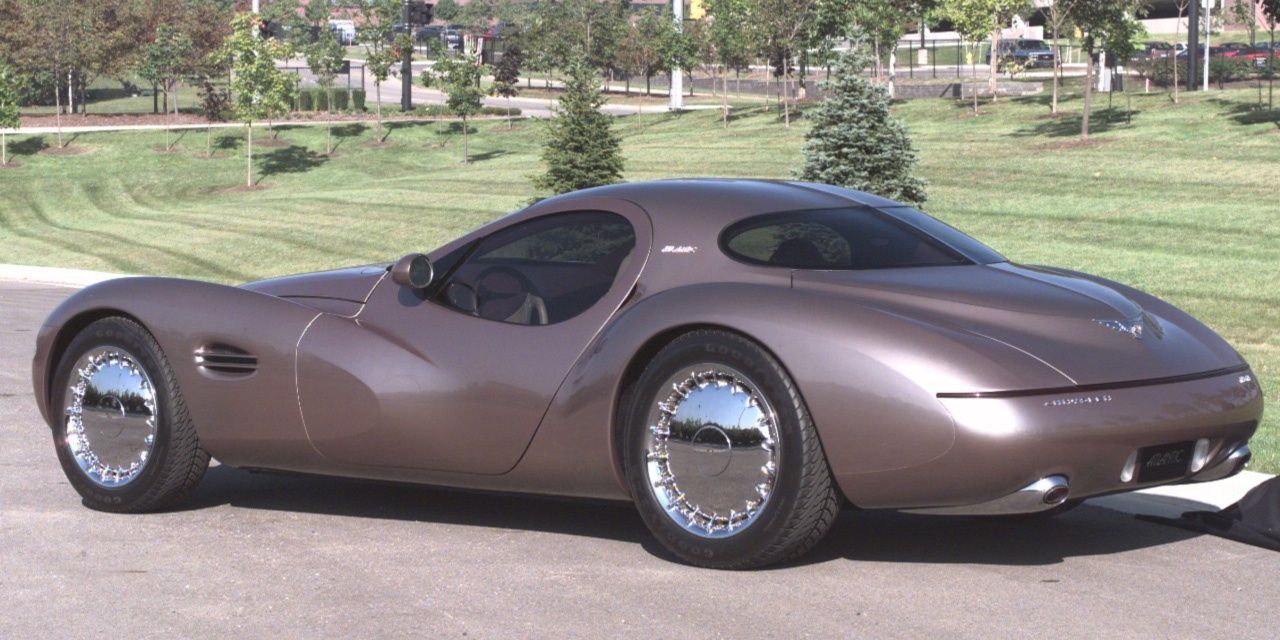
At the heart of the Atlantic was a 4.0-liter straight-eight engine generating 360 ponies. The Atlantic seemed destined to become one of Chrysler’s greatest models, but it was just too expensive to produce.
4 2002 Cadillac Cien
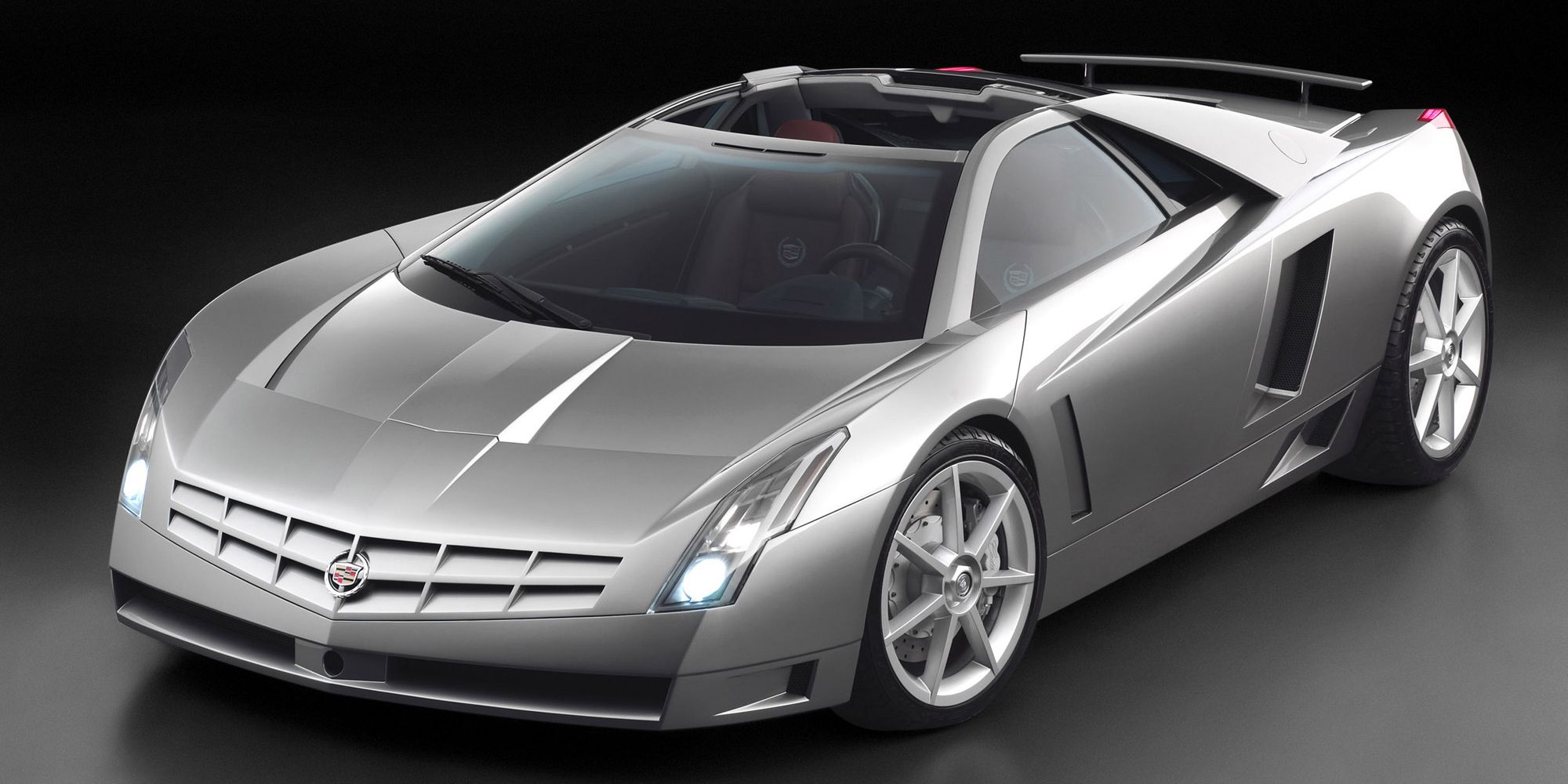
In 2002, Cadillac was celebrating its 100th anniversary, so it decided to do so with a proper car. The result was the Cien Concept. The Cien was quite impressive and looked like it was sent from the future. It had a futuristic design inspired by fighter jets and had a computer-influenced cockpit with advanced technologies like night vision, voice control, LCD panel screens, and ultrasonic rear parking assist.
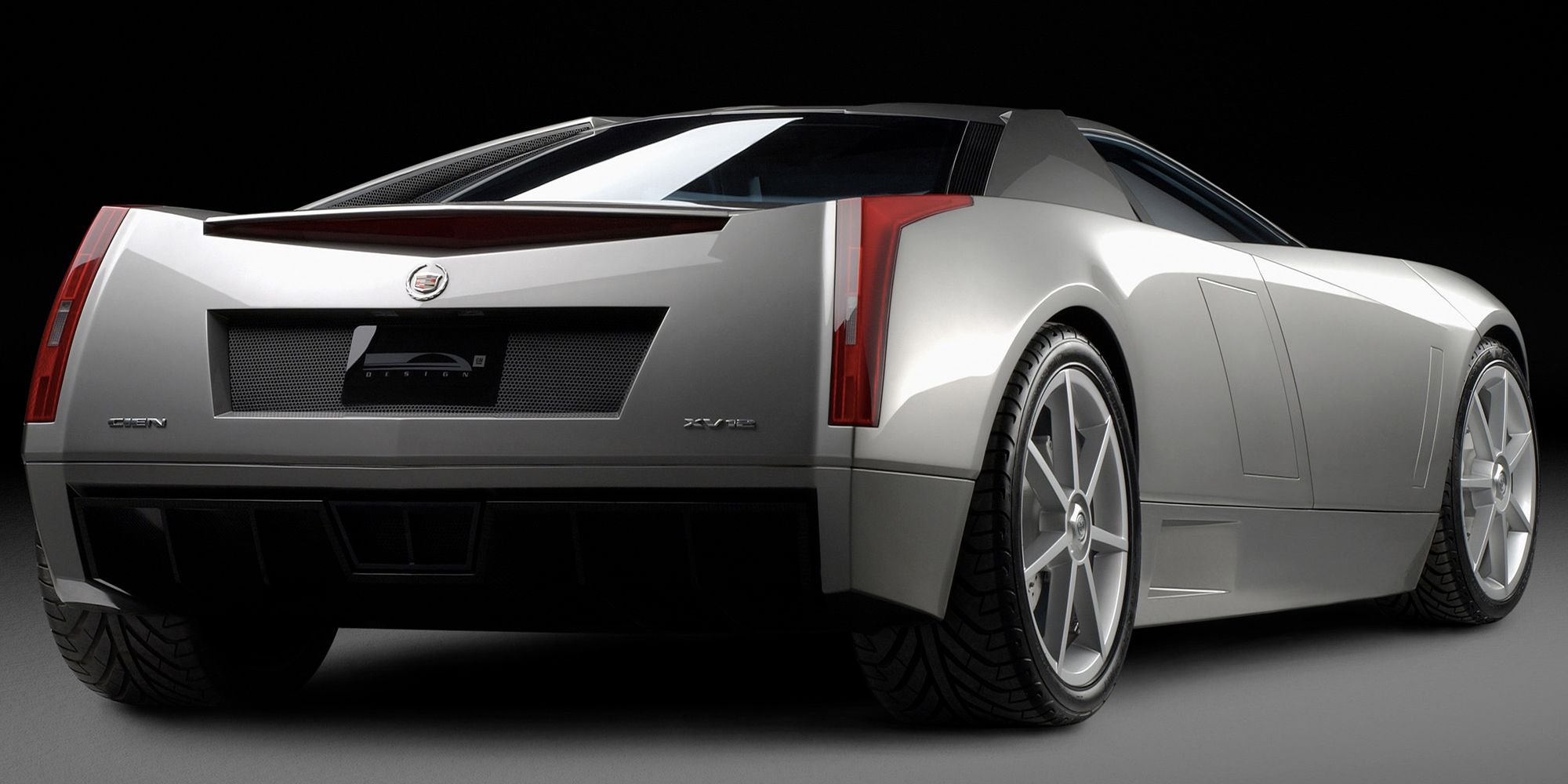
The Cien also had one of the most impressive powertrains of the day; an experimental longitudinally-mounted V12 cranking out 750 hp. Had it been produced, the Cien would have been among the fastest 2000s cars.
3 1995 Ford GT90
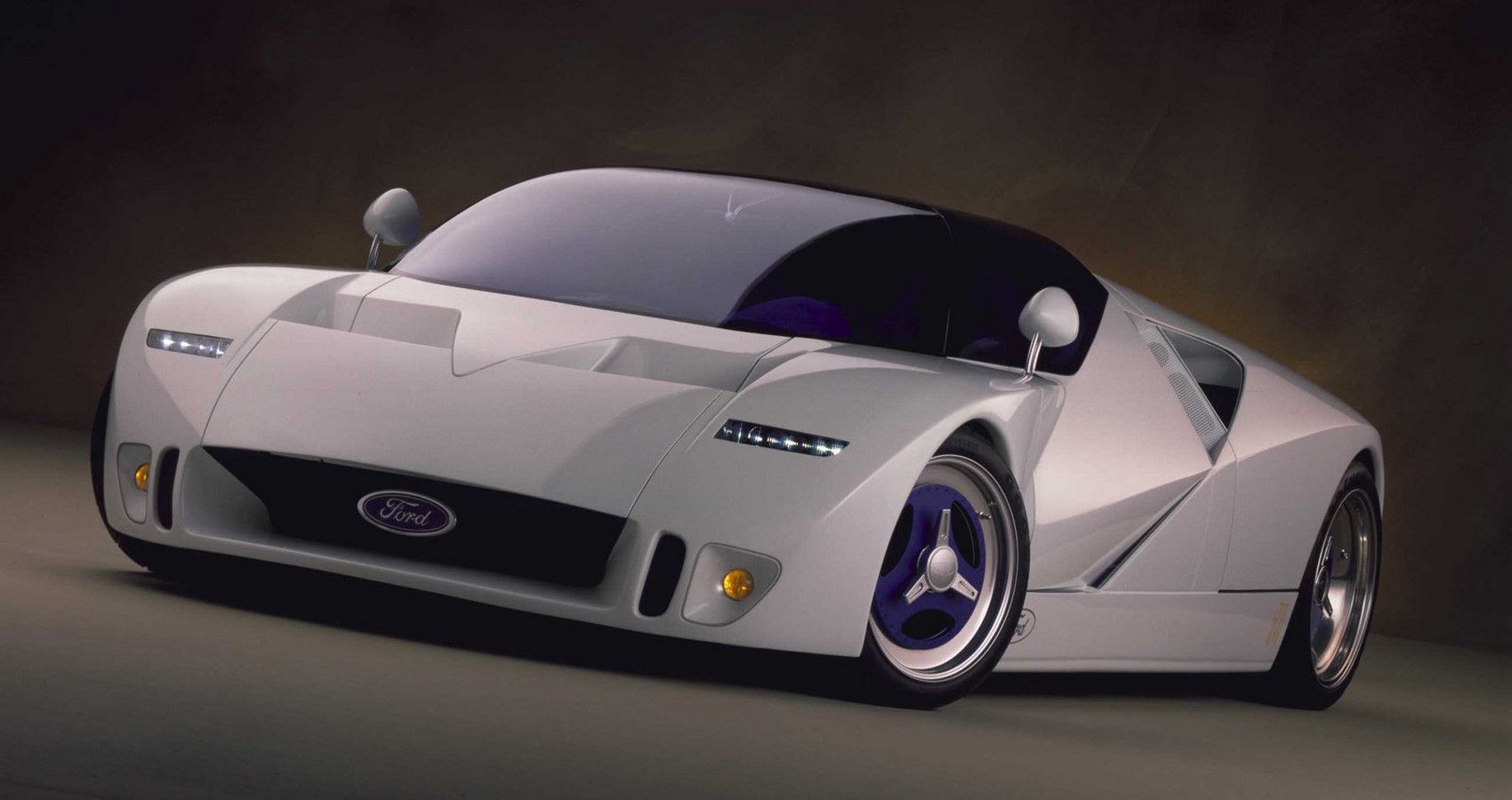
To most gearheads, the 1960s GT40 is one of, if not the greatest, Ford model. Ford had many failed attempts to build a worthy successor for the GT90, one of which was the 1995 GT90 Concept.
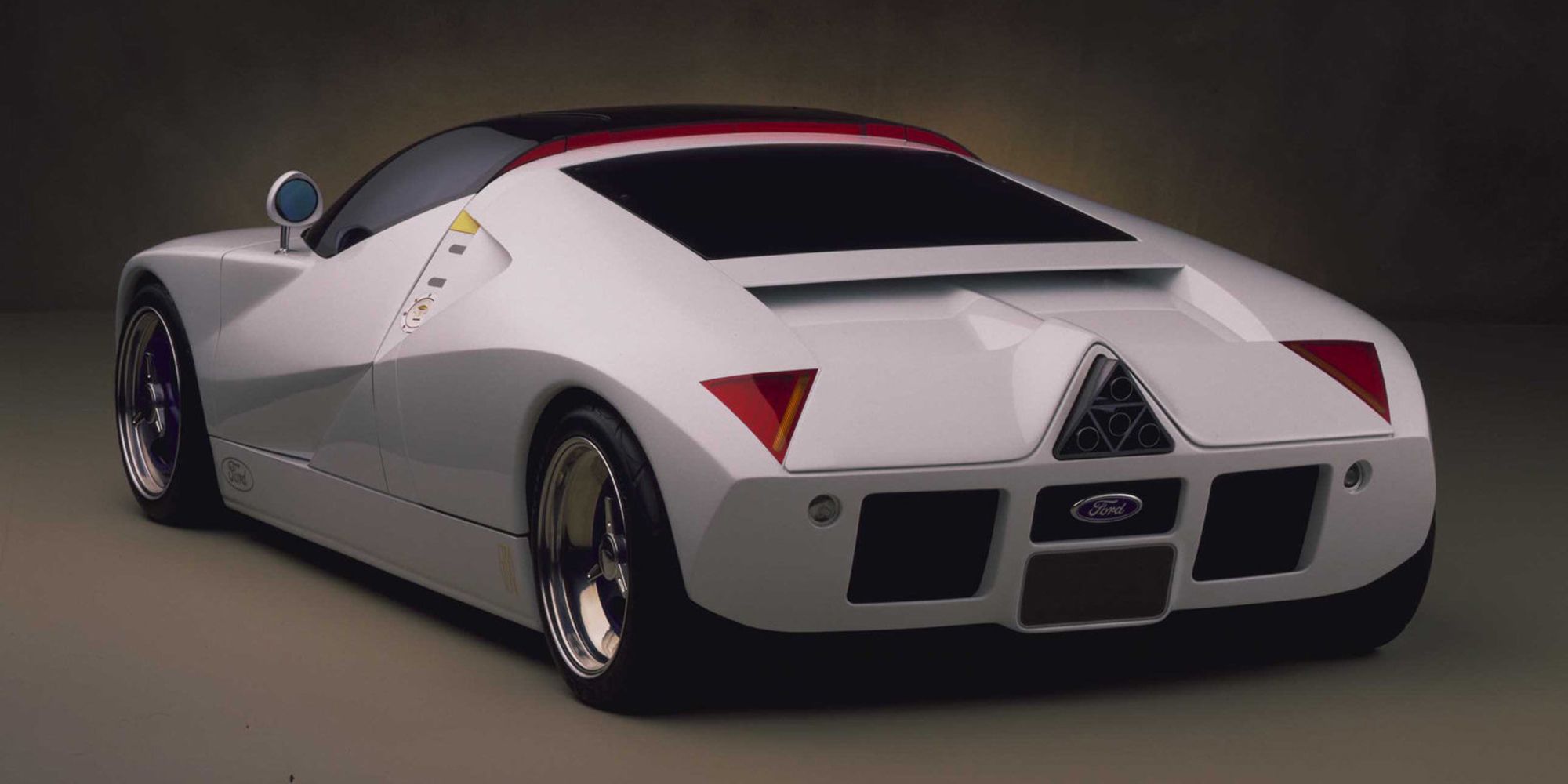
The GT90 had a lightweight carbon-fiber body and was powered by a 5.9-liter quad-turbocharged V12 engine producing 720 hp. With a 0-60 of 3.1 seconds and a projected top speed of 253 mph, the GT90 would have broken the production car speed record had it been produced.
2 2011 Cadillac Ciel
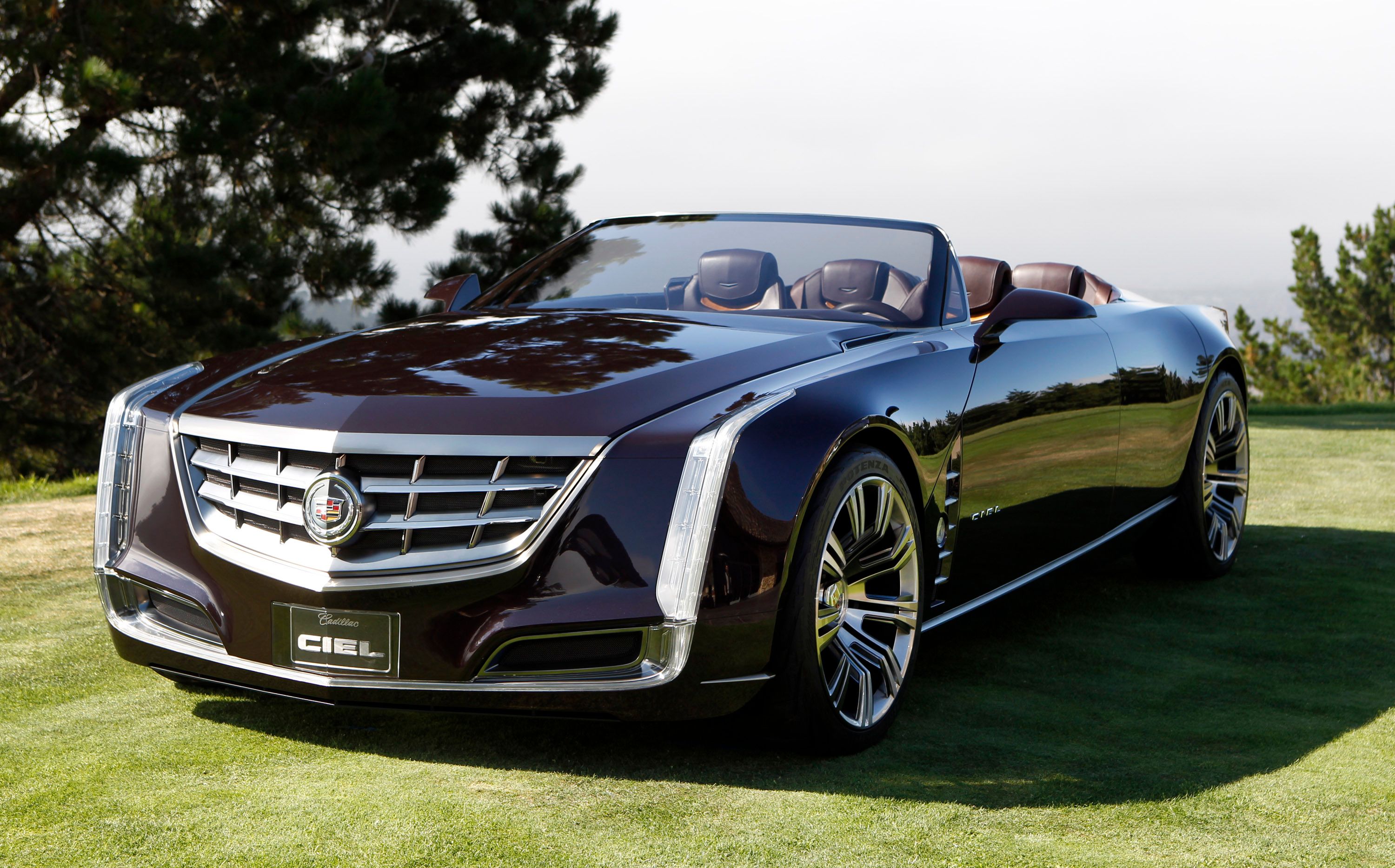
Cadillac has always considered itself to be the top American automaker when it comes to design and luxury. The 2011 Ciel Concept shows this perfectly. The Ciel is an elegant four-seater convertible luxury car developed to compete with the likes of the Rolls-Royce Phantom.
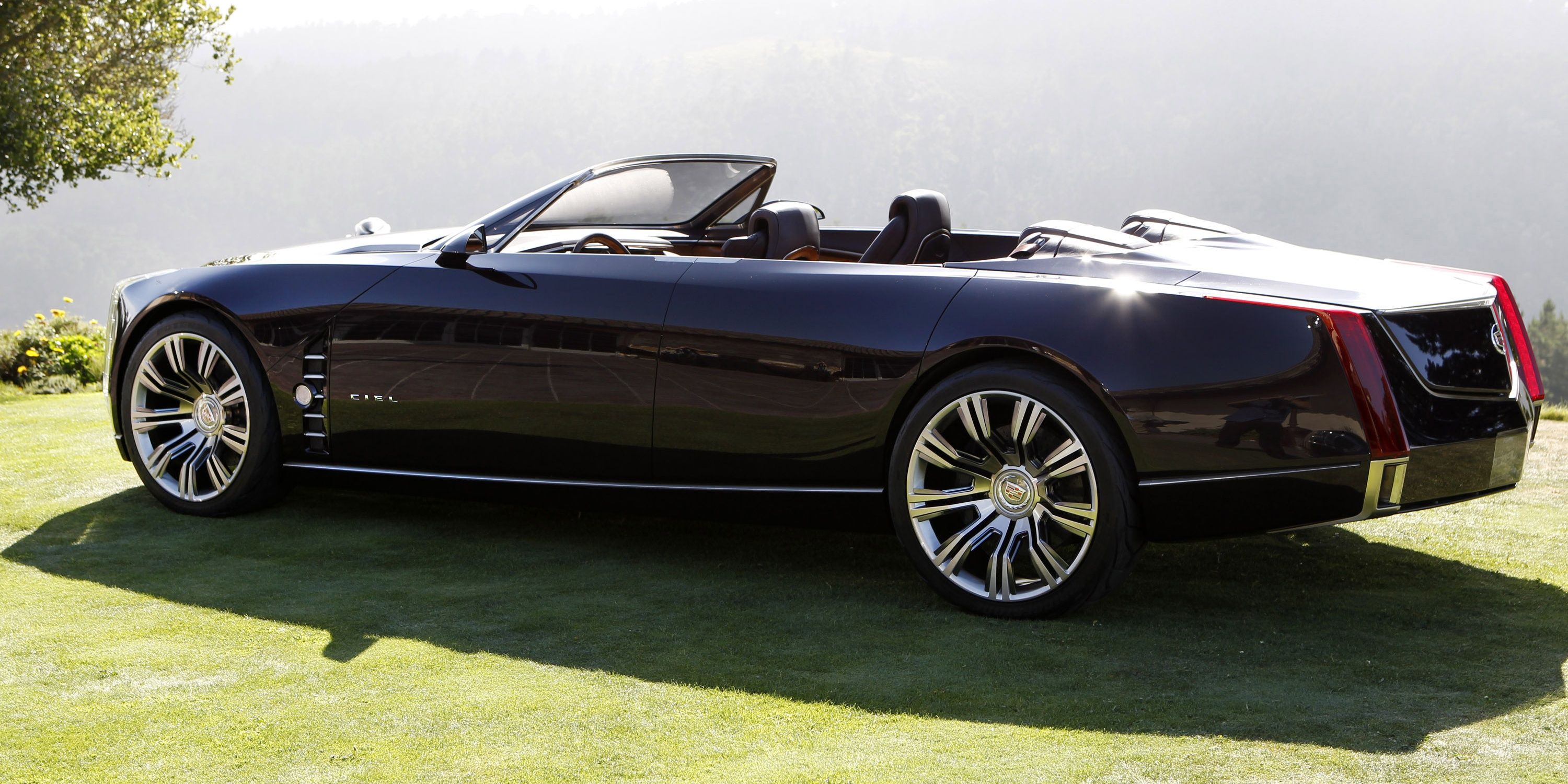
The Ciel had a wheelbase of 125 inches, giving it a ton of space full of top-tier luxury features. It was supposed to have a 3.6-liter twin-turbo V6 with 425 hp on tap, making it quick.
1 2007 Ford Interceptor
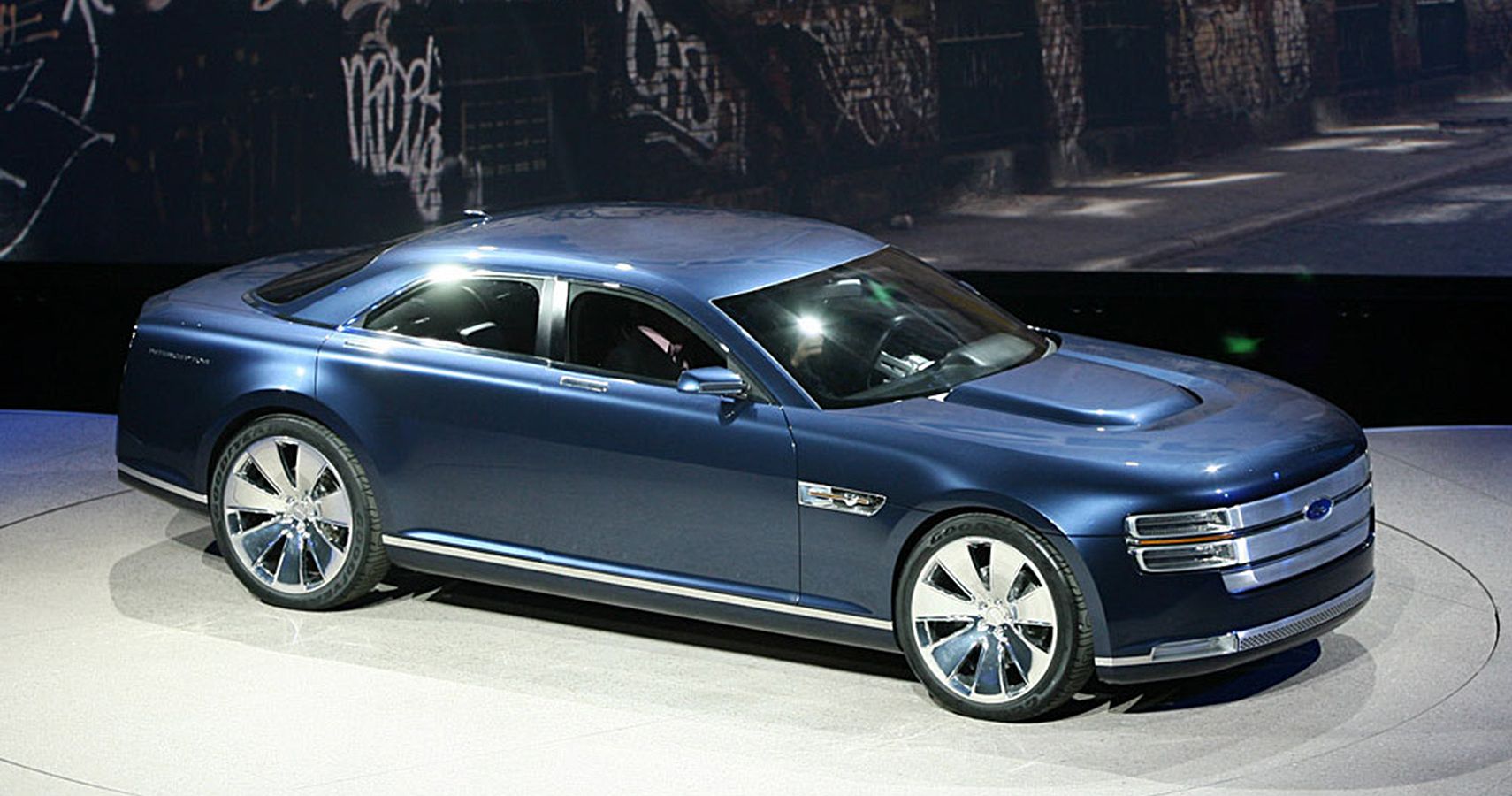
The luxury sedan market has always been dominated by European giants like Mercedes-Benz, Audi, and BMW. However, Ford wanted to change that in the 2000s, so it developed the Interceptor Concept.
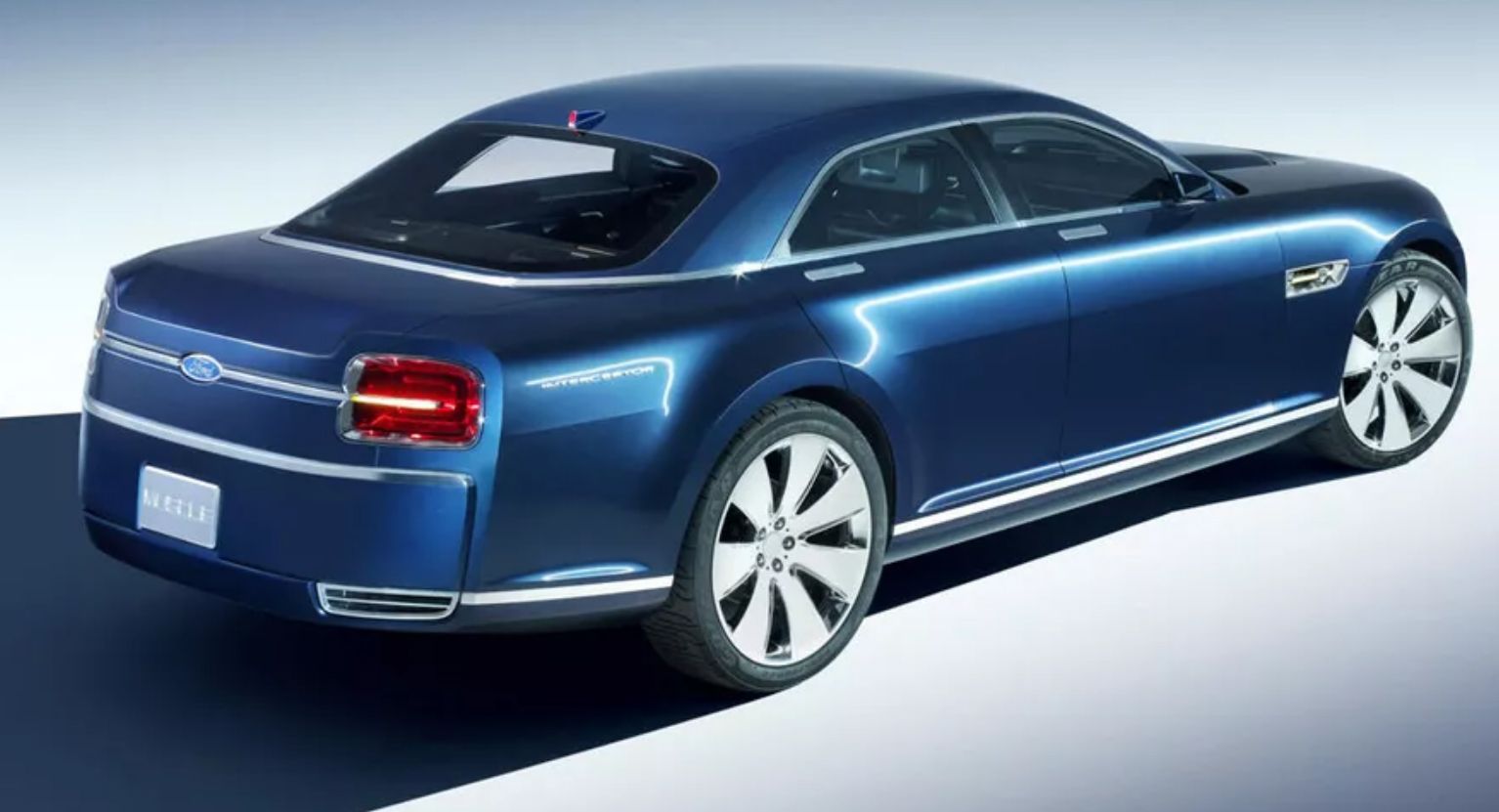
The Interceptor impressed many gearheads at the 2007 North American Auto Show. It had an impressive design and was powered by a 5.0-liter ethanol-powered V8 pushing out 400 hp. The Interceptor was never produced, but some of its design cues were incorporated into the sixth-generation Ford Taurus.
10 Best “Vision” Concept Cars
readnext
About The Author
Martin Pete
(318 Articles Published)
Martin is a seasoned content creator who has been writing about cars for over a decade, and has been in love with them for even longer. Growing up, Martin was surrounded by gearheads who instilled a deep love and understanding for cars in him at a young age. He loves to learn and write about all the developments happening in the auto industry – especially in the EV space. When he’s not writing about cars, he likes to spend quality time with his wife, kids, and fur baby.
More From Martin Peter






